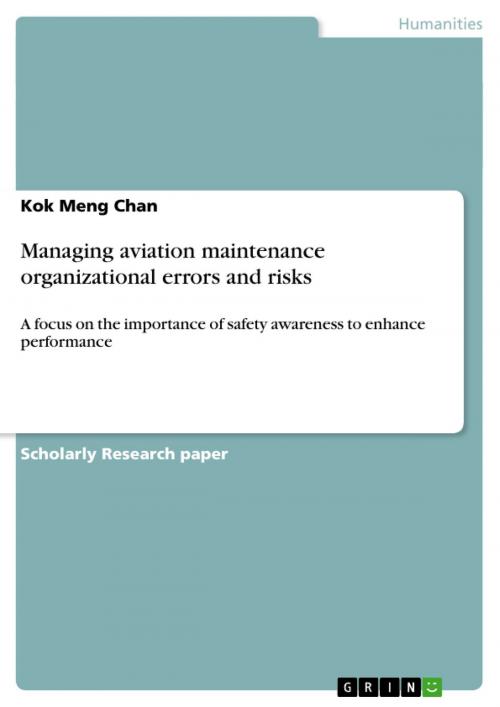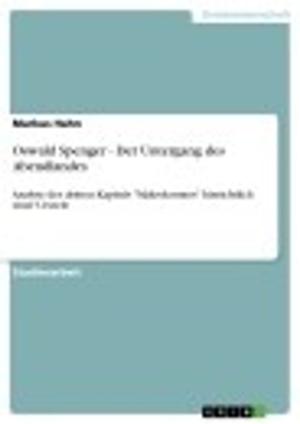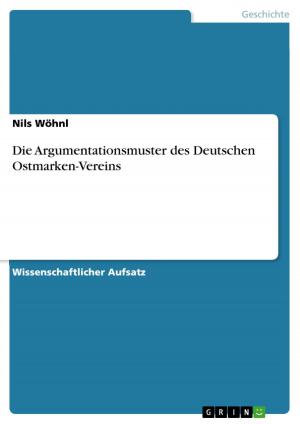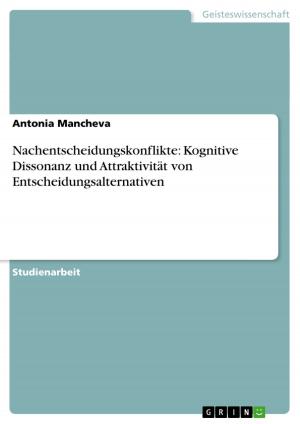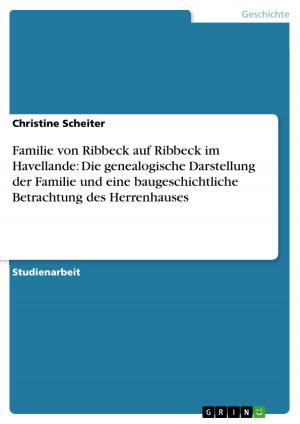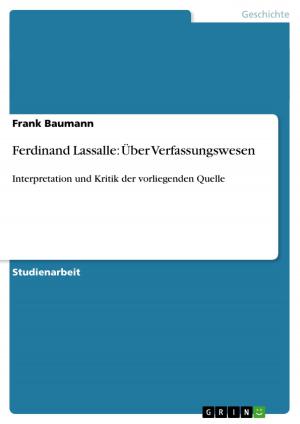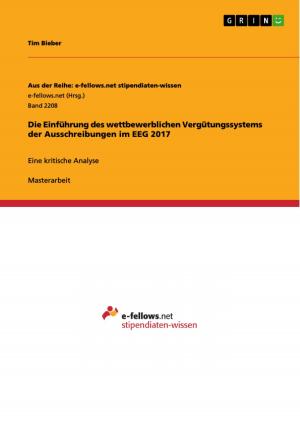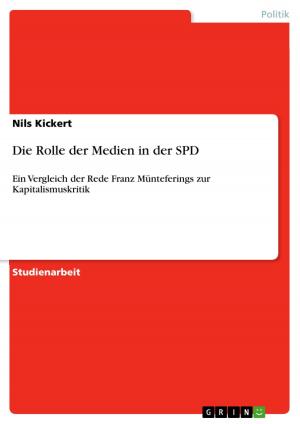Managing aviation maintenance organizational errors and risks
A focus on the importance of safety awareness to enhance performance
Nonfiction, Social & Cultural Studies, Social Science, Sociology| Author: | Kok Meng Chan | ISBN: | 9783656631149 |
| Publisher: | GRIN Verlag | Publication: | April 7, 2014 |
| Imprint: | GRIN Verlag | Language: | English |
| Author: | Kok Meng Chan |
| ISBN: | 9783656631149 |
| Publisher: | GRIN Verlag |
| Publication: | April 7, 2014 |
| Imprint: | GRIN Verlag |
| Language: | English |
Research Paper (undergraduate) from the year 2011 in the subject Sociology - Work, Profession, Education, Organisation, grade: 90%, University of Newcastle, course: Masters Of Aviation Management, language: English, abstract: To manage risks and errors, there must be a good understanding, not just as to what has happened but why did it happen in order to determine the root problems and causes. Using the Reason model (Reason, 1991), investigations into these occurrences are made possible to provide the basis for identifying threats, flawed defense mechanism and conducting unsafe organizational conditionals. It makes sense as a continuum effort to manage aviation maintenance errors and risks to enhance safety and performance in the long term through identifying them and implanting vital defenses. A safety culture can foster these safe activities by creating trust and dialogue between management and individuals within a maintenance repair organization (MRO). The good safety culture aspects are pervasively within the shared attitudes of concern and care in the MRO and involves with the management. Surrounding this open atmosphere, there should have systems that share important data whereby the workforce are encouraged to make reports with trust and fairness. One shared concensus on collecting these data is by implementing of maintenance error management system (MEMS). Implications of active and latent failures and the benefits of maintenance resource training (MRM) are further discussed.
Research Paper (undergraduate) from the year 2011 in the subject Sociology - Work, Profession, Education, Organisation, grade: 90%, University of Newcastle, course: Masters Of Aviation Management, language: English, abstract: To manage risks and errors, there must be a good understanding, not just as to what has happened but why did it happen in order to determine the root problems and causes. Using the Reason model (Reason, 1991), investigations into these occurrences are made possible to provide the basis for identifying threats, flawed defense mechanism and conducting unsafe organizational conditionals. It makes sense as a continuum effort to manage aviation maintenance errors and risks to enhance safety and performance in the long term through identifying them and implanting vital defenses. A safety culture can foster these safe activities by creating trust and dialogue between management and individuals within a maintenance repair organization (MRO). The good safety culture aspects are pervasively within the shared attitudes of concern and care in the MRO and involves with the management. Surrounding this open atmosphere, there should have systems that share important data whereby the workforce are encouraged to make reports with trust and fairness. One shared concensus on collecting these data is by implementing of maintenance error management system (MEMS). Implications of active and latent failures and the benefits of maintenance resource training (MRM) are further discussed.
